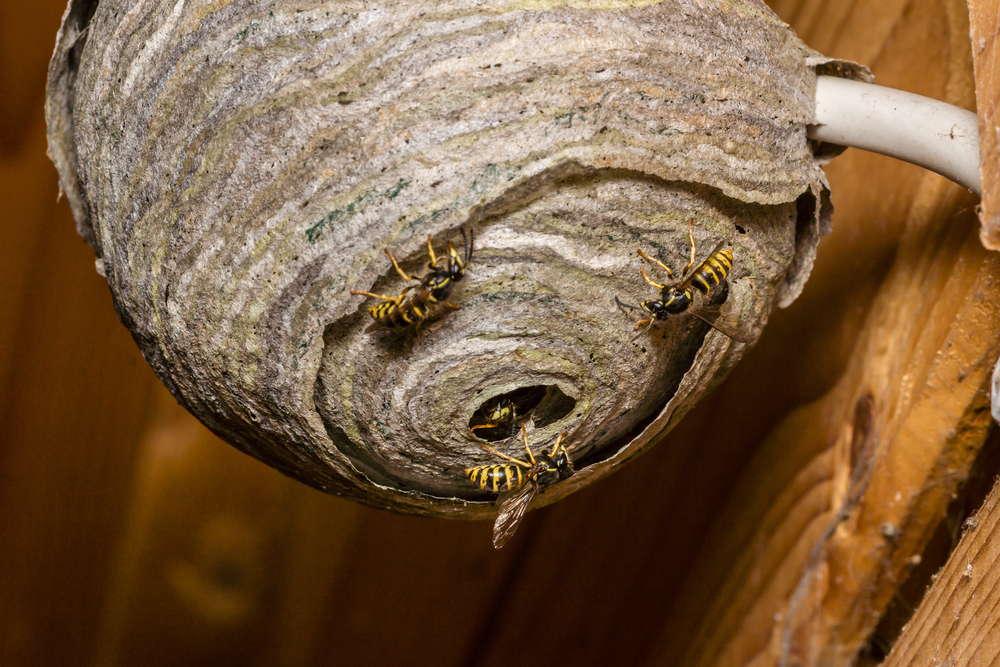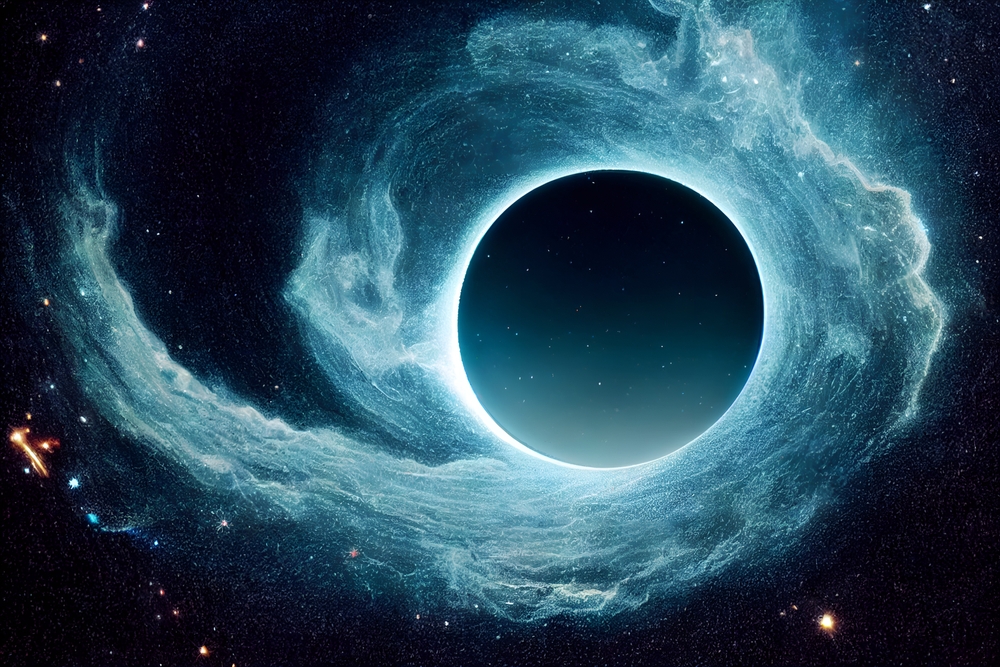ADHD Diagnoses Seem to Have Increased on the Internet – Is It Really That Common?




As global energy demands grow space-based solar power (SBSP) may offer a compelling long-term solution. A comprehensive international assessment completed under the International Academy of Astronautics concluded that solar power […]
The post Live Event: Space Based Solar Power appeared first on SpaceNews.



A Crew Dragon spacecraft is on its way to the International Space Station with a new crew, but how long they will stay at the station remains unclear.
The post Crew-11 launches to ISS appeared first on SpaceNews.

Several senators are demanding details from NASA on claims that the agency is withholding current funding and planning to enact proposed cuts.
The post Senators raise NASA funding concerns in letter to Duffy appeared first on SpaceNews.

As space operations grow in the United States, we face a bottleneck: the limited capacity of coastal spaceports. While Cape Canaveral and Vandenberg remain effective for the nation, these launch sites are becoming congested, and their federally funded infrastructure has struggled to keep pace. Nearby communities face noise, sonic booms, environmental effects and concerns over […]
The post It’s time to unlock inland orbital launch for a resilient U.S. space future appeared first on SpaceNews.




Electron–phonon interactions in a material have been modelled by combining billions of Feynman diagrams. Using a modified form of the Monte Carlo method, Marco Bernardi and colleagues at the California Institute of Technology predicted the behaviour of polarons in certain materials without racking up significant computational costs.
Phonons are quantized collective vibrations of the atoms or molecules in a lattice. When an electron moves through certain solids, it can interact with phonons. This electromagnetic interaction creates a particle-like excitation that comprises a propagating electron surrounded by a cloud of phonons. This quasiparticle excitation is called a polaron.
By lowering the electron’s mobility, while increasing its effective mass, polarons can have a substantial impact on the electronic properties of a variety of materials – including semiconductors and high-temperature superconductors.
However, physicists have struggled to model polarons and it would be extremely helpful for them to represent polarons using Feynman diagrams. These are a mainstay of particle physics, which are used to calculate the probabilities of certain particle interactions taking place. This has been challenging because polarons emerge from a superposition of infinitely many higher-order interactions between electrons and phonons. With each successive order, the complexity of these interactions steadily increases – along with the computational power required to represent them with Feynman diagrams.
Unlike some other interactions, each higher order becomes more and more important in representing the polaron as accurately as possible. As a result, calculations cannot be simplified using standard perturbation theory – where only the first few orders of interaction are required to closely approximate the overall process.
“If you can calculate the lowest order, it’s very likely that you cannot do the second order, and the third order will just be impossible,” Bernardi explains. “The computational cost typically scales prohibitively with interaction order. There are too many diagrams to compute, and the higher-order diagrams are too computationally expensive. It’s basically a nightmare in terms of scaling.”
Bernardi’s team – which also included Yao Luo and Jinsoo Park – approached the problem with the Monte Carlo method. This involves taking repeated random samples within a space of all possible events contributing to a process, then adding them together. It allows researchers to build up a close approximation of the process, without accounting for every possibility.
The team generated a series of Feynman diagrams spanning the full range of possible electron–phonon interactions. Then, they combined the diagrams to gain precise descriptions of the dynamic and ground-state properties of polarons in real materials.
One issue with a fully-random Monte Carlo approach is the sign problem, which arises from statistical noise that can emerge as electrons scatter between different energy bands during electron–phonon interactions. Since different bands can contribute positively or negatively to the interaction probabilities represented by Feynman diagrams, these contributions can cancel each other out when added together.
To avoid this, Bernardi’s team adapted the Monte Carlo method to evaluate each band contribution in a structured, non-random way – preventing sign cancellations. In addition, the researchers applied a matrix compression approach. This vastly reduced the size and complexity of the electron–phonon interaction data, without sacrificing accuracy. Altogether, this enabled them to generate billions of diagrams without significant computational costs.
“The clever diagram sampling, sign problem removal, and electron–phonon matrix compression are the three key pieces of the puzzle that have enabled this paradigm shift in the polaron problem,” Bernardi explains.
The trio hopes that its technique will help us understand polaron behaviours. “The method we developed could also help study strong interactions between light and matter, or even provide the blueprint to efficiently add up Feynman diagrams in entirely different physical theories,” Bernardi says. In turn, it could help to provide deeper insights into a variety of effects where polarons contribute – including electrical transport, spectroscopy, and superconductivity.
The research is described in Nature Physics.
The post Feynman diagrams provide insight into quasiparticles in solids appeared first on Physics World.

SAN FRANCISCO – Earth-observation startup Albedo won a National Reconnaissance Office Stage 2 contract, clearing the way for the intelligence agency to begin purchasing imagery. “This award gives us a critical opportunity to demonstrate what [Very Low Earth Orbit] VLEO can offer in terms of performance, revisit, and resilience,” Topher Haddad, Albedo CEO and co-founder, […]
The post Albedo wins NRO Stage 2 imagery contract appeared first on SpaceNews.
A young gas giant exoplanet appears to be causing its host star to emit energetic outbursts. This finding, which comes from astronomers at the Netherlands Institute for Radio Astronomy (ASTRON) and collaborators in Germany, Sweden and Switzerland, is the first evidence of planets actively influencing their stars, rather than merely orbiting them.
“Until now, we had only seen stars flare on their own, but theorists have long suspected that close-in planets might disturb their stars’ magnetic fields enough to trigger extra flares,” explains Maximilian Günther, a project scientist with the European Space Agency’s Cheops (Characterising ExOPlanet Satellite) mission. “This study now offers the first observational hint that this might indeed be happening.”
Most stars produce flares at least occasionally. This is because as they spin, they build up magnetic energy – a process that Günther compares to the dynamos on Dutch bicycles. “When their twisted magnetic field lines occasionally snap, they release bursts of radiation,” he explains. “Our own Sun regularly behaves like this, and we experience its bursts of energy as part of space weather on Earth.” The charged particles that follow such flares, he adds, are responsible for the aurorae at our planet’s poles.
The flares the ASTRON team spotted came from a star called HIP 67522. Although classified as a G dwarf star like our own Sun, HIP 67522 is much younger, being 17 million years old rather than 4.5 billion. It is also slightly larger and cooler, and astronomers had previously used data from NASA’s Transiting Exoplanet Survey Satellite (TESS) to identify two planets orbiting it. Denoted HIP 67522 b and HIP 67522 c, both are located near their host, but HIP 67522 b is especially close, completing an orbit in just seven Earth days.
In the latest work, which is detailed in Nature, ASTRON’s Ekaterina Ilin and colleagues used Cheops’ precision targeting to make more detailed observations of the HIP 67522 system. These observations revealed a total of 15 flares, and Ilin notes that almost all of them appeared to be coming towards us as HIP 67522 b transited in front of its host as seen from Earth. This is significant, she says, because it suggests that the flares are being triggered by the planet, rather than by some other process.
“This is the first time we have seen a planet influencing its host star, overturning our previous assumptions that stars behave independently,” she says.
The ASTRON team estimate that HIP 67522 b is exposed to around six times as many flares as it would be if it wasn’t triggering some of them itself. This is an unusually high level of radiation, and it may help explain recent observations from the James Webb Space Telescope (JWST) that show HIP 67522 b losing its atmosphere faster than expected.
“The new study estimates that the planet is cutting its own atmosphere’s life short by half,” Günther says. “It might lose its atmosphere in the next 400‒700 million years, compared to the 1 billion years it would otherwise.”
If such a phenomenon turns out to be common, he adds, “it could help explain why some young planets have inflated atmospheres or evolve into smaller, denser worlds. And it could inform how we see the demography of ‘adult planets’.”
One big unanswered question, Günther says, is whether the slightly more distant planet HIP 67522 c shows similar interactions with its host. “Comparing the two would be incredible, not only doubling the sampling size, but revealing how distance from the star affects magnetic interactions.”
The ASTRON researchers say they also want to understand the magnetic field of HIP 67522 b itself. More broadly, they plan to look for other such systems, hoping to find out how common they really are.
For Günther, who was not directly involved in the present study, even a single example is already important. “I have worked on exoplanets and stellar flares myself for many years, mostly inspired by the astrobiology implications, but this discovery opens a whole new window into how stars and planets can influence each other,” he says. “It is a wake-up call to me that planets are not just passive passengers; they actively shape their environments,” he tells Physics World. “That has big implications for how we think about planetary atmospheres, habitability and the evolution of worlds across the galaxy.”
The post Too-close exoplanet triggers flares from host star appeared first on Physics World.

Canada’s EarthDaily Analytics has secured a $60 million loan to kickstart delayed plans to expand its imaging constellation from one to 10 satellites.
The post EarthDaily nets $60 million loan to ramp up constellation expansion appeared first on SpaceNews.

Discover how the U.S. Department of Defense could leverage advanced data and artificial intelligence to transform space-based defense through its Golden Dome initiative. Next-generation AI-powered systems, designed to integrate vast streams of […]
The post Live Event: Golden Dome – Data and AI (replay) appeared first on SpaceNews.